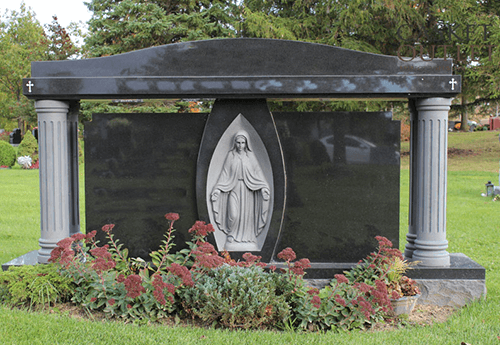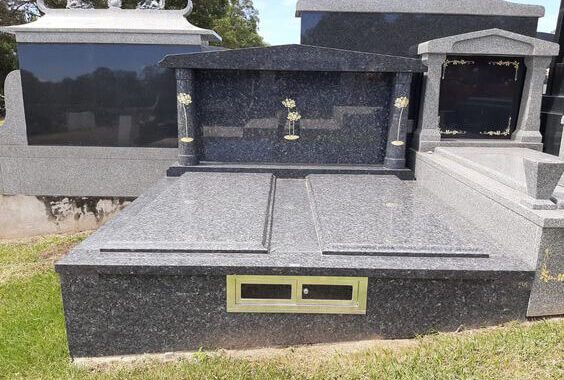A headstone is more than stone. It is a place of memory. When it is made for a couple, it becomes a shared mark of their life together. Choosing what to put on it is not easy. Families want words and images that honor love and history. This guide shows some choices, shares an example, and gives facts to help.
Names and Dates
The first thing is clear: names and dates. These show who the people were and when they lived. Most cemeteries (ctys) ask for full names, birth yrs, and death yrs. Some also allow middle names or initials. Names link the stone to family records. Dates give future people a sense of time.
A study in the UK by the Natl Assoc. of Memorial Masons found that 95% of couple’s headstones include both partners’ full names. This makes the stone easy to trace in local records.
Shared Epitaphs
An epitaph is short text. For couples, it can be one line that joins their story. Common phrases are “Together Forever,” “Resting Side by Side,” or “United in Love.” Some people add lines from faith, such as “In God’s Care.”
But an epitaph can also be personal. In Spain, a family chose “Siempre de la mano,” which means “Always hand in hand.” This was for Juan and Rosa, who were married 52 yrs. Their children said the phrase showed their parents’ life of care. This case is a reminder that a simple line can carry deep meaning.

Symbols and Images
Symbols are also part of design. Crosses, hearts, and flowers are most used. In some countrys, doves or rings are common. Granite stones can be carved with these images. Tech like CNC (computer numerical control) machines now allow more detail. Families can add photos, etched in black and white.
Research by the Commonwealth War Graves Comm. shows that symbols help later generations understand values. For example, a rose often means love, while a bird can mean peace.
Space for the Future
When one partner passes first, the stone often has space left for the other. Families should plan this early. Leaving room avoids later cutting that may harm the stone. Stone experts say that clear design at the start saves cost in the long term. Some suppliers (suppls) give draft layouts so that families can see the full design.
Language and Culture
Words on stones reflect culture. In Germany, many couples use Bible verses. In Japan, families often engrave a shared family name in Kanji. In France, it is common to use “A Nos Parents” (“To Our Parents”).
A survey by Eur. Funeral Assoc. showed that 7 of 10 families feel comfort when words reflect their culture. This shows the strong link between identity and memory.
Practical Rules
Cemeteries (cmtrs) may have rules. Some do not allow long texts. Some limit stone size. It is important to check these before carving. Most cemeteries have printed guides (pgs) or send PDF files to families. This saves stress later.
Adding Personal Touches
Some couples like to add their story. A short note such as “Married 1965” or “Loved music and travel” makes the stone warm. Families may add small items like carved pets or hobbies. These tell more than dates.
Stone trade groups (stg) report that personal notes are more common today. In 2000, less than 20% of couple stones had extra lines. In 2020, the number was 45%. This shows a shift to more open memory.
Final Thoughts
A couple’s headstone is not only about loss. It is about the story of two lives that joined. Families can honor that story with names, dates, a shared line, and symbols. Culture and rules shape the choices. But love and memory guide the final words. When done with care, the stone becomes a bridge for the next generation.
Read More: https://www.cnmonument.com/blog

